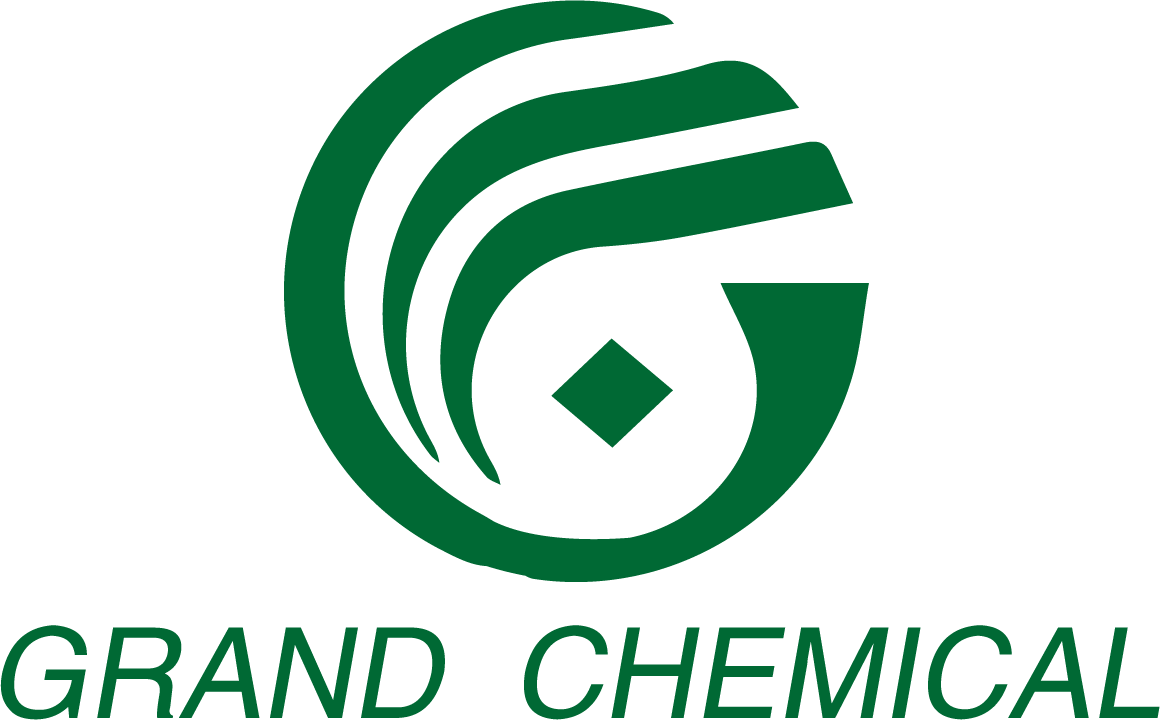The performance of optical brightener (OBA) plays a vital role in achieving bright, clean, and high-quality textile finishes. However, even the best-performing brightener cannot deliver optimal results if it is not applied under the right conditions.
Understanding the factors that influence OBA performance helps ensure consistent, long-lasting whiteness and enhances the overall appearance of the finished fabric.

1. Fabric Pre-Treatment
Optical brighteners cannot replace chemical bleaching. Before applying OBAs, fabrics must undergo proper desizing, scouring, and bleaching to remove natural impurities, oils, and residual dyes.
- The whiter the base fabric, the stronger the final whitening effect.
- Residual chlorine or acids remaining after bleaching can react with OBAs, reducing their effectiveness.
- When OBAs and bleaching agents are used in the same bath (e.g., wool with bleaching powder or acrylic with sodium sulfite), thorough rinsing is essential to achieve uniform results.
2. Correct Dosage of OBA
Each optical brightener has its own saturation point, also known as the yellowing point.
- Below this point, the whitening effect increases with concentration.
- Beyond it, overuse can cause dullness or yellowing.
To determine the optimal dosage, it is best to consult the manufacturer’s data or perform a small-scale test before full production. Correct dosage ensures maximum brightness and product cost efficiency.
3. Influence of pH (Acidity and Alkalinity)
The pH of the dye bath directly affects the solubility, stability, and brightness of OBAs.
- Cationic OBAs lose absorbance rapidly in alkaline conditions (pH > 9).
- Anionic OBAs lose effectiveness in acidic conditions.
Maintaining the appropriate pH balance during processing is critical to achieving stable and uniform whitening results.
4. Effect of Inorganic Additives on the OBA
The addition of inorganic salts (such as sodium chloride or sodium sulfate) can modify how OBAs adsorb onto fiber surfaces:
- At low OBA concentrations, adding salts can improve adsorption and brightness.
- At high concentrations, salts can increase yellowing and reduce the overall whiteness.
Therefore, the amount and timing of inorganic salt addition must be carefully controlled. OBAs that depend solely on inorganic salts are not suitable for detergent or wash-related applications.
5. Solution Preparation
Most OBAs have limited solubility in water—typically below 10 g/L.
- Dissolve OBAs in room temperature or warm water (30–40°C) using clean, iron-free water.
- For dispersed OBAs, use appropriate dispersing or leveling agents to ensure even distribution.
- Prepared OBA solutions or dispersions should be protected from strong light and stirred before use to prevent precipitation.
Proper solution preparation ensures even absorption and stable whitening performance across the fabric.
6. Effect of Surfactants on the OBA
Surfactants can significantly impact the fluorescence and effectiveness of OBAs.
- Surfactants with opposite ionic charges may reduce fluorescence or cause quenching.
- Surfactants with similar ionic charges generally have minimal effect.
- Non-ionic OBAs are often combined with surfactants to improve dispersion, prevent precipitation, and achieve a uniform finish.
Choosing compatible surfactants is essential to maintain both brightness and stability.
7. Post-Treatment Conditions
Post-treatment processes—physical, chemical, or thermal—can strongly affect the final whiteness and fastness of textiles.
- Non-ionic OBAs typically require heat treatment, and both temperature and duration must be carefully controlled. Take optical brightener DT (C.I. 135) for example:
- 180°C for ≤50 seconds
- 200°C for ≤40 seconds
- 220°C for ≤30 seconds
Exceeding these limits may cause yellowing or color shift.
- Treating wool fabrics whitened with coumarin-based OBAs using sodium bisulfite or sodium ascorbate can improve light fastness by 1–2 grades by preventing oxidation and yellowing.
- Treating cotton fabrics with sodium thiosulfate after whitening can also enhance light fastness.
Proper post-treatment helps lock in brightness and prolong the fabric’s white appearance.
Conclusion
Achieving optimum whitening performance from OBAs requires more than selecting a quality product—it depends on precise process control at every stage.
From pre-treatment and dosage adjustment to pH control, additive management, and post-treatment, every factor influences the efficiency, stability, and visual brightness of the final textile.
By understanding and applying these principles, textile manufacturers can maximize product value and ensure consistent, long-lasting whiteness.
✉️ About Shandong Grand Chemical Co., Ltd.
Shandong Grand Chemical Co., Ltd. is a leading manufacturer of optical brighteners and fluorescent whitening agents in China. With advanced R&D capabilities and strict quality control, we supply high-performance OBAs for textiles, detergents, plastics, paper, and coatings.
📧 Contact us: sales@obachemical.com
🌐 Website: www.obachemical.com

